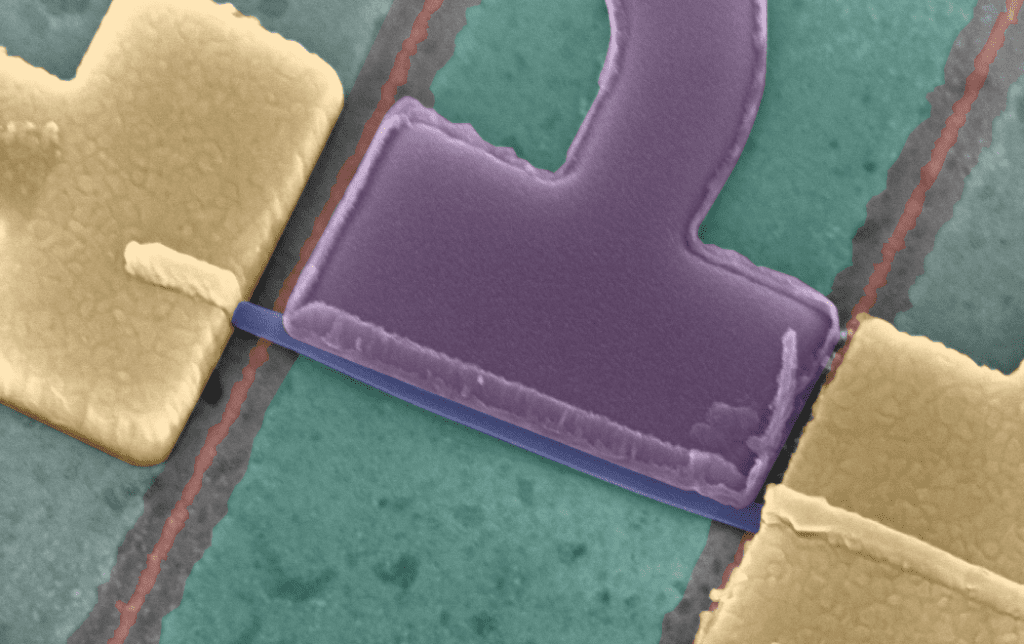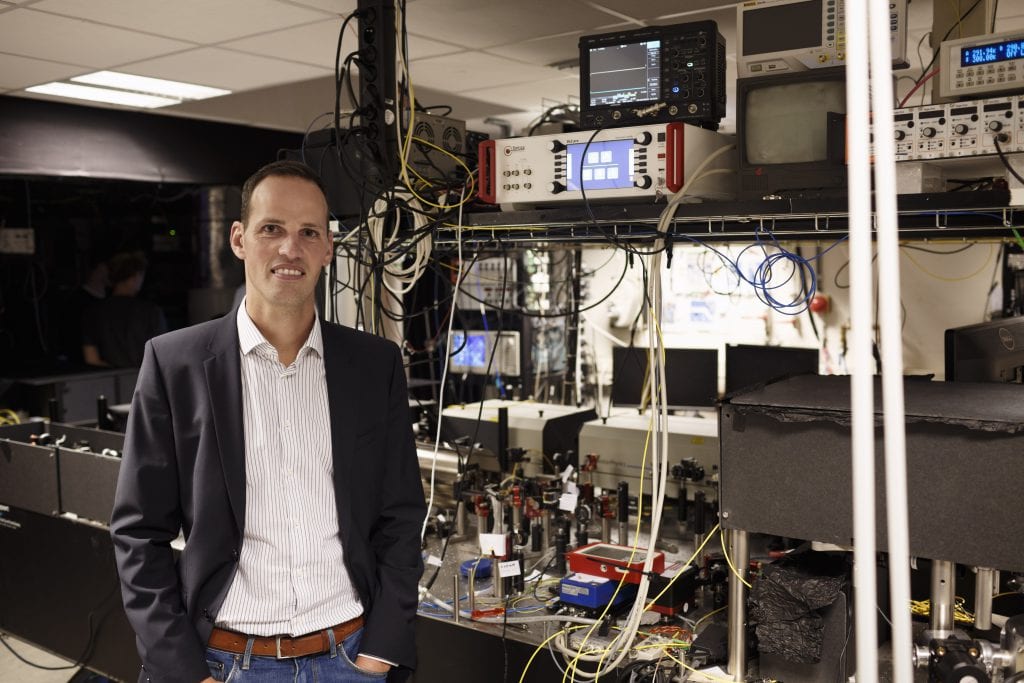13.05.2019Quantum Computing
An intriguing protection of superconductivity for a Majorana-based quantum computer

Scientists at QuTech in Delft have for the first time shown the mechanism that enables the creation of the elusive Majorana particle. This particle holds great promise as the building block of a topological quantum computer, which is a novel, and stable type of quantum computer. Three experimentalists, Jouri Bommer, Hao Zhang and Önder Gül in the group of Leo Kouwenhoven, were able to reveal this mechanism by carefully studying the variations in the behavior of the Majorana device in magnetic fields pointing along various directions. The results provide further support for previous observations of Majorana particles and input for the development of a topological quantum computer. The work is published in Physical Review Letters as an Editor’s Suggestion.
Quantum computing is a fundamentally new technology that may be used to solve problems out of reach of conventional computers, such as the deterministic design of new drugs and molecules. However, most approaches to quantum computing suffer from a sensitivity to noise, called decoherence. The new, ‘topological’, type of quantum computer relies on Majorana particles which are inherently protected from noise. This topological protection exists by virtue of superconductivity, a phenomenon that allows for dissipationless electrical current. However, Majoranas also rely on a magnetic field, which is typically incompatible with superconductivity. The way out of this conundrum is to use the interaction of the movement of electrons with their internal ‘magnets’, a phenomenon called spin-orbit interaction, Jouri Bommer explained. Because of this intriguing interaction, the material doesn’t feel the magnetic field required by Majoranas as strongly.
This new result shows that both superconductivity and spin-orbit interaction are present simultaneously and, more importantly, that superconductivity is indeed protected exactly as required for the creation of Majoranas. This is achieved by careful studying how the superconductivity behaves differently in magnetic fields pointing along different directions, combined with comparisons to realistic theoretical calculations of the device. Hao Zhang emphasized that the results are crucial as they support the previous claims of the existence of Majoranas, which historically have been hotly debated among physicists. This careful characterization of one of the main Majorana ingredients is a more down-to-earth approach, commented Önder Gül, following the significant improvements previously achieved in the Majorana experiments. Furthermore, the research shows how insensitive to noise Majoranas may be, which is an important step towards the development of topological quantum computing circuits.
